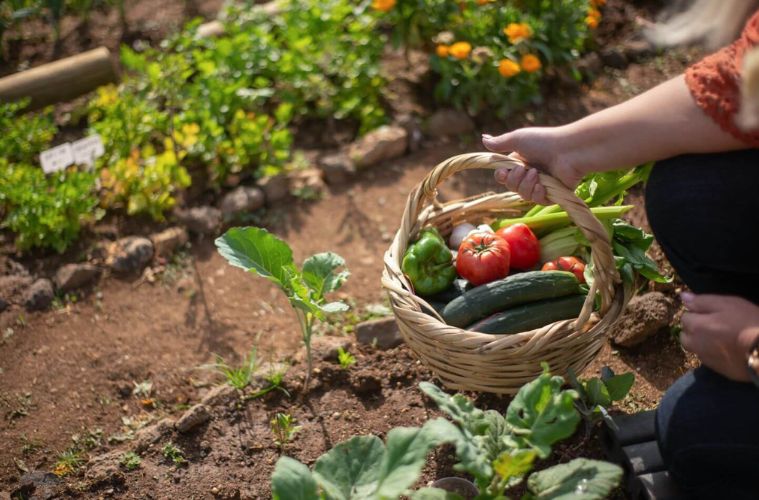Whether you’re new to planting or consider yourself a gardening guru, there’s nothing like cultivating edible fruits and vegetables and sharing their delicious flavours over a meal at the dinner table. Unfortunately, diseases and fungi often creep up on your plants despite your best efforts. Together, let’s learn how to prevent these common diseases from taking over your edible garden with Efekto Virikop fungicide.
Get a grip on plant diseases in your edible garden
At all levels of planting experience, it pays to spend time learning about common crop diseases and fungi and how to protect your plants. The good news is that fungal or fungal-like infections (which cause around 85 percent of all plant diseases) can be effectively avoided with trusted products, like Efekto Virikop fungicide. One by one, we’re going to show you how to recognise common garden diseases and fungi.
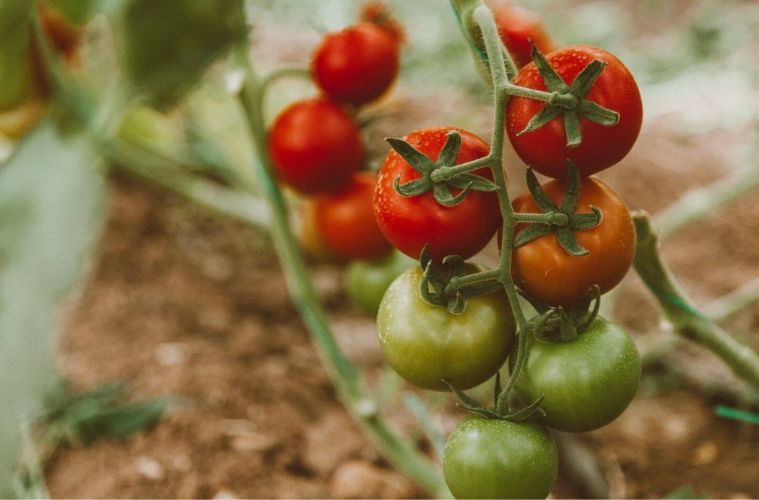
Tomatoes
Tomatoes are one of the most popular vegetables cultivated at home and come in a variety of colours, shapes, and sizes. Early blight, late blight, and leaf spot are the most common diseases and fungi to affect homegrown tomatoes.
Early and late blight
Tomato blight is a disease that attacks the foliage and fruit of tomatoes, causing rotting.
Both early and late blight thrive in high humidity. This wind, rain and soil-borne disease germinates readily, so watch for infections when we experience cool, damp nights followed by warm, clammy days.
You may see the following symptoms in plants with blight:
- Watery rot of leaves that cause them to fall, shrivel and become brown.
- Light green lesion borders, and a thin white ‘fungal’ growth on the underside of the leaves.
- Brown lesions may form on the leaf stalks (petioles) and stem as well.
Bacterial spot
This disease can attack seedlings or mature plants. Infections can cause significant defoliation in seedlings.
You may see the following symptoms on tomato plants with bacterial spots:
- Immature fruit is first droopy and surrounded by a water-soaked halo that quickly fades.
- Look for yellow or light green leaf spots that turn black or dark brown.
- Fruit spots grow, become brown, and scab over.
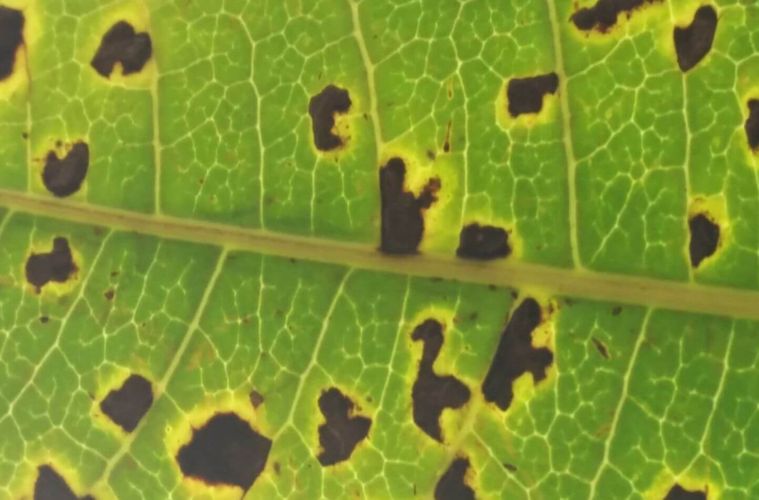
Virikop fungicide application to protect tomatoes
To protect your juicy and delicious garden tomatoes, start applying Virikop fungicide before any symptoms or signs of the disease are noticed.
- Measure out 50 g of this wettable fungicide, mix with 10 litres of water and spray it onto your tomatoes every seven to ten days.
- Thoroughly wet both upper and lower leaf surfaces after rain.
- Wait three weeks after application to harvest your fresh tomatoes.
Strawberries
Homegrown strawberries outshine store-bought strawberries in terms of taste and flavour. But with great flavour comes great responsibility. Look out for diseases and infections that can ruin your sweet, sweet harvest.
Common leaf spot
Mycosphaerella fragariae, the fungus that causes common leaf spots, can enter a garden via sick strawberry plants or windblown spores from neighbouring strawberries. Once introduced into a garden, the fungus is mostly propagated via rain or sprinklers used for watering.
You may see the following symptoms in strawberry plants:
- Leaf spots are commonly found on leaves, fruits, berry tops, petioles, and runners.
- Little, round, dead spots on strawberry leaves first appear on the top leaf surface and are deep purple to crimson in colour.
Virikop fungicide application to protect strawberries
To prevent common leaf spots from taking over your strawberry yields, apply a mixture of 25 g of Virikop in 10 litres of water every 10 – 14 days.
Remember to wait 14 weeks after the application before harvesting your fruits.
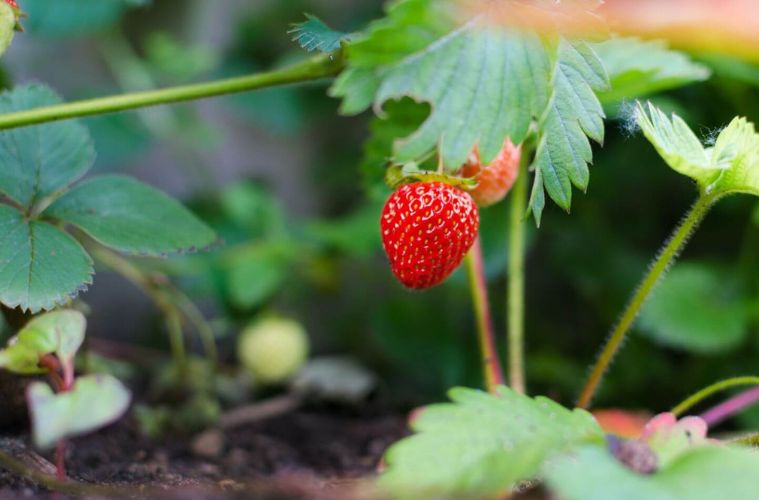
Beans
The ease of growing and high productivity of green beans make them a staple in many vegetable gardens. There is, however, a disease that could ruin your harvest among the easy-growing vegetables.
Common blight
Caused by the bacterium Xanthomonas phaseolI, common blight should be watched where beans are grown worldwide.
It infects the foliage, pods, seeds and stems of beans. And many types of beans can be infected as well, including French beans, runner beans, peas, garden lupins, cowpeas and mung beans.
On leaves you’ll notice:
- Water-soaked, angular-shaped spots on leaves.
- Large-brown spots of dead tissue are often surrounded by a very narrow zone of yellow tissue.
- Spots at the margins and edges of the leaves.
On pods, you’ll notice:
- Circular spots that are slightly sunken, water-soaked and dark green in colour.
- Under extremely humid conditions, bacterial ooze covers the spots as they age and turn dark red-brown in colour.
On stems, you’ll notice:
- Water-soaked spots turn red-brown in colour, generally without a yellow margin
- Stems may be girdled, leading to wilting
On seeds, you’ll notice:
- Yellow or brown-coloured spots with shrivelling or poor germination.
Virikop fungicide application to protect beans
To prevent common blight from attacking your garden beans, apply 40 g of Virikop fungicide mixed with 10 litres of water at one or two-week intervals.
Remember to wait 14 weeks after the application before harvesting your fruits.
Harvest your tasty beans three weeks after application.
Get the full details about how to use Virikop for more types of vegetables and fruits.
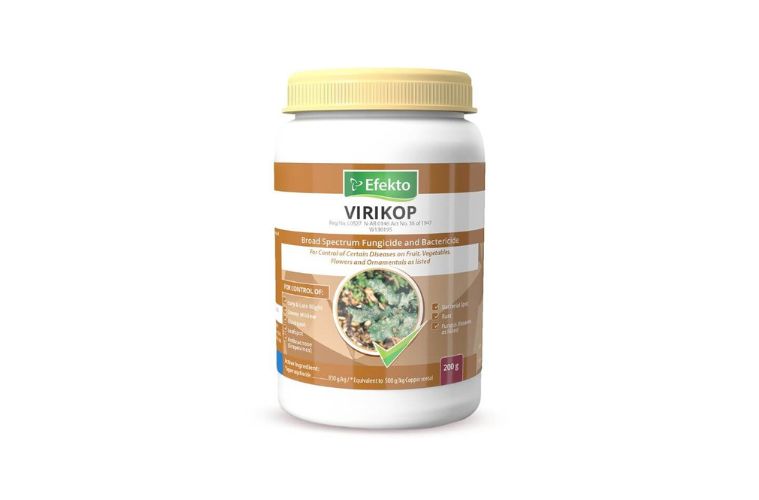
Unmatched plant protection
Efekto Virikop is a fungicide and bactericide with protective characteristics that may be used to manage specific diseases on fruits, vegetables, flowers, and ornamentals, as stated.
When combined with water, this fungicide spray solution produces a suspension of copper particles, which remain on plant surfaces after the spray has dried. These copper deposits progressively release copper ions – protecting your plants from diseases and fungi.
Read more about Efekto Virikop fungicide.
Follow us on Facebook or sign up for our monthly newsletter for more garden protection advice.
Author: Rea Pieterse

